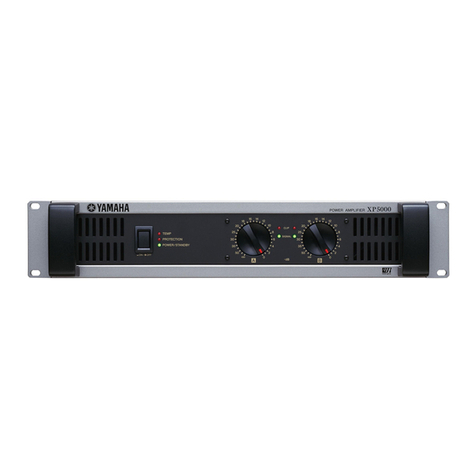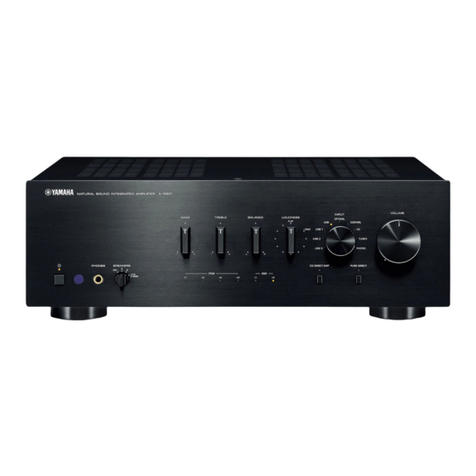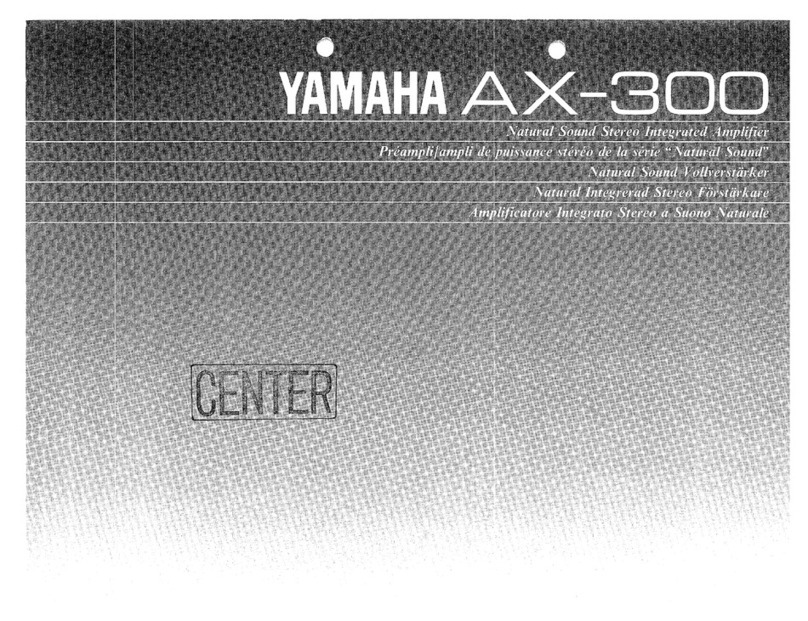Yamaha C-80 User manual
Other Yamaha Amplifier manuals
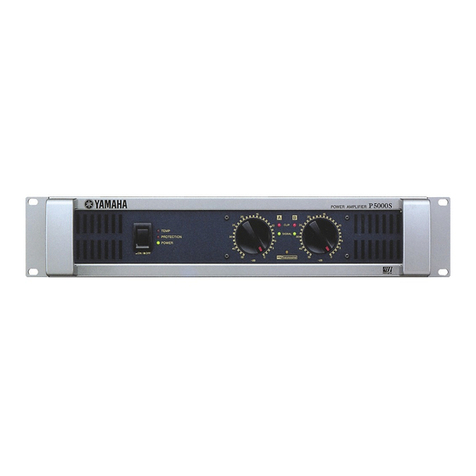
Yamaha
Yamaha P5000S - Amplifier User manual
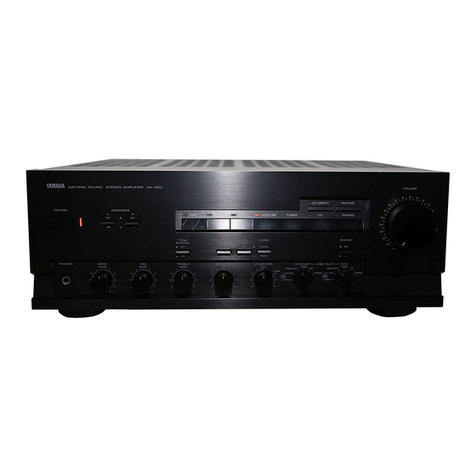
Yamaha
Yamaha AX-900 User manual
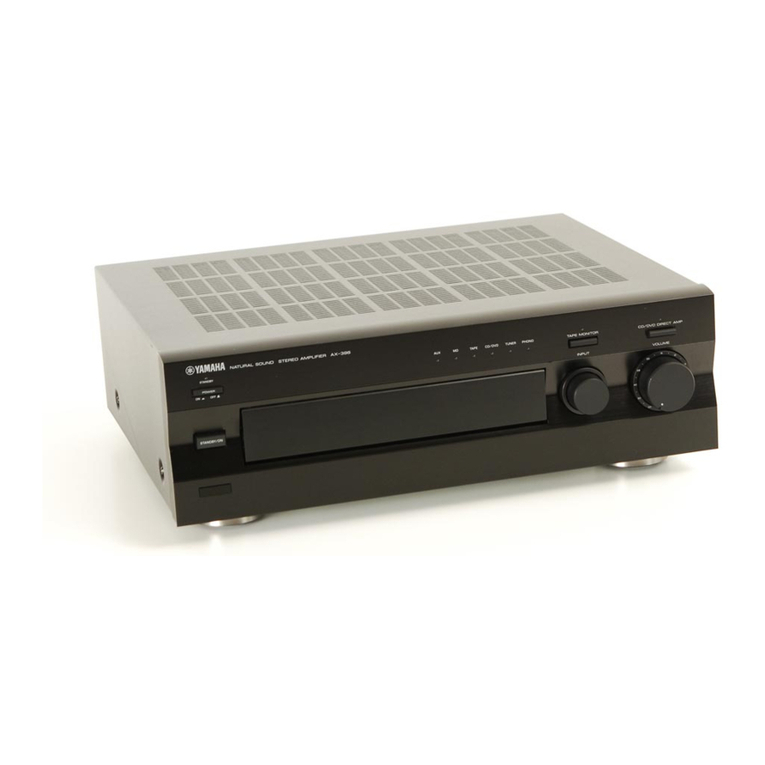
Yamaha
Yamaha AX-496/396 User manual
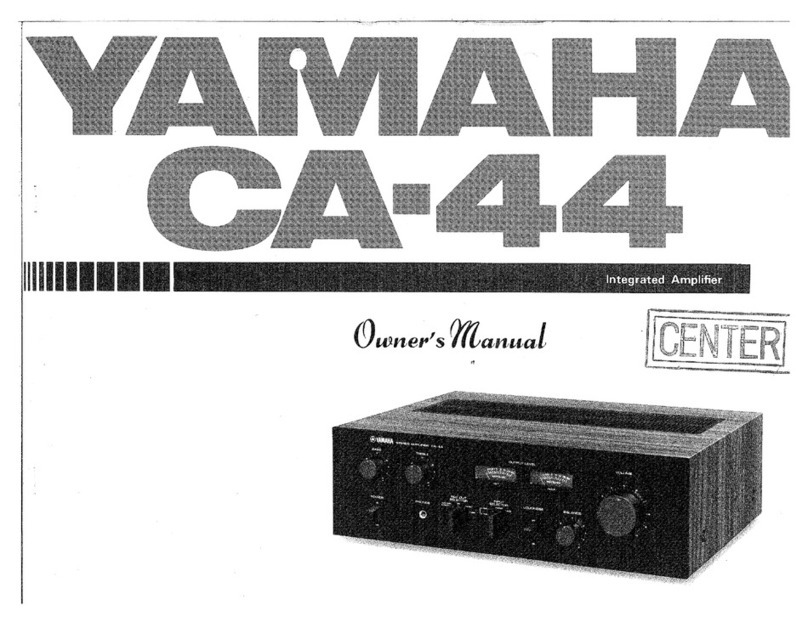
Yamaha
Yamaha CA-44 User manual
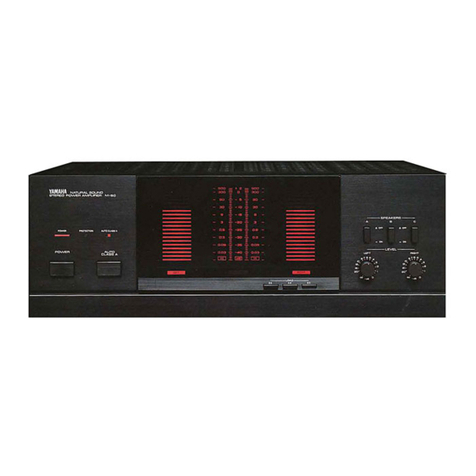
Yamaha
Yamaha M-60 User manual
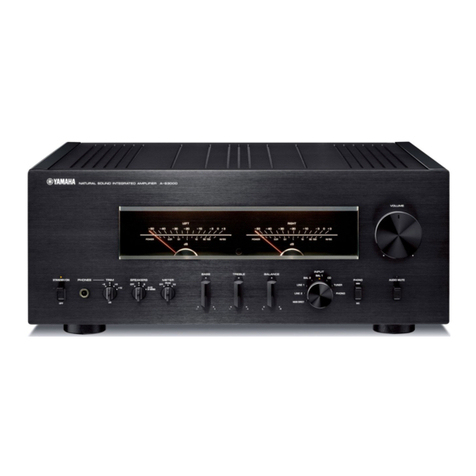
Yamaha
Yamaha A-S3000 User manual
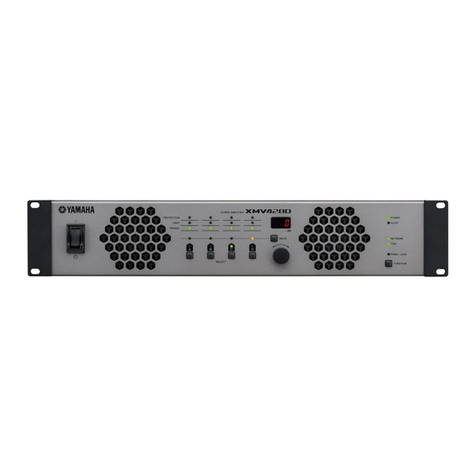
Yamaha
Yamaha XMV4280 User manual
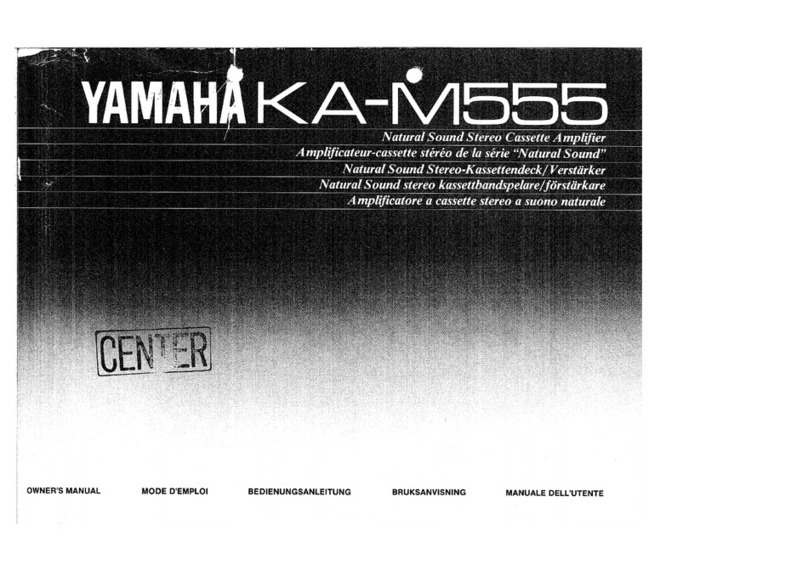
Yamaha
Yamaha KA-M555 User manual

Yamaha
Yamaha P2700 User manual

Yamaha
Yamaha THRC212 User manual

Yamaha
Yamaha MX-830 User manual
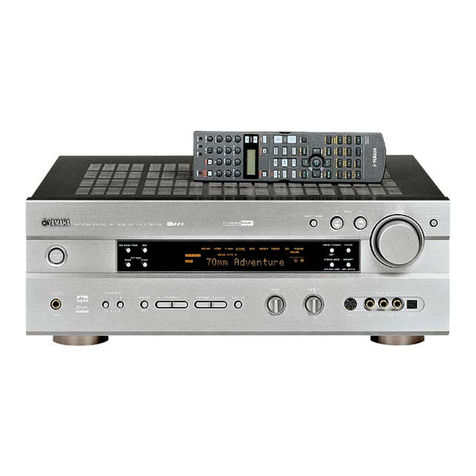
Yamaha
Yamaha RX-V730 User manual

Yamaha
Yamaha A-720 User manual
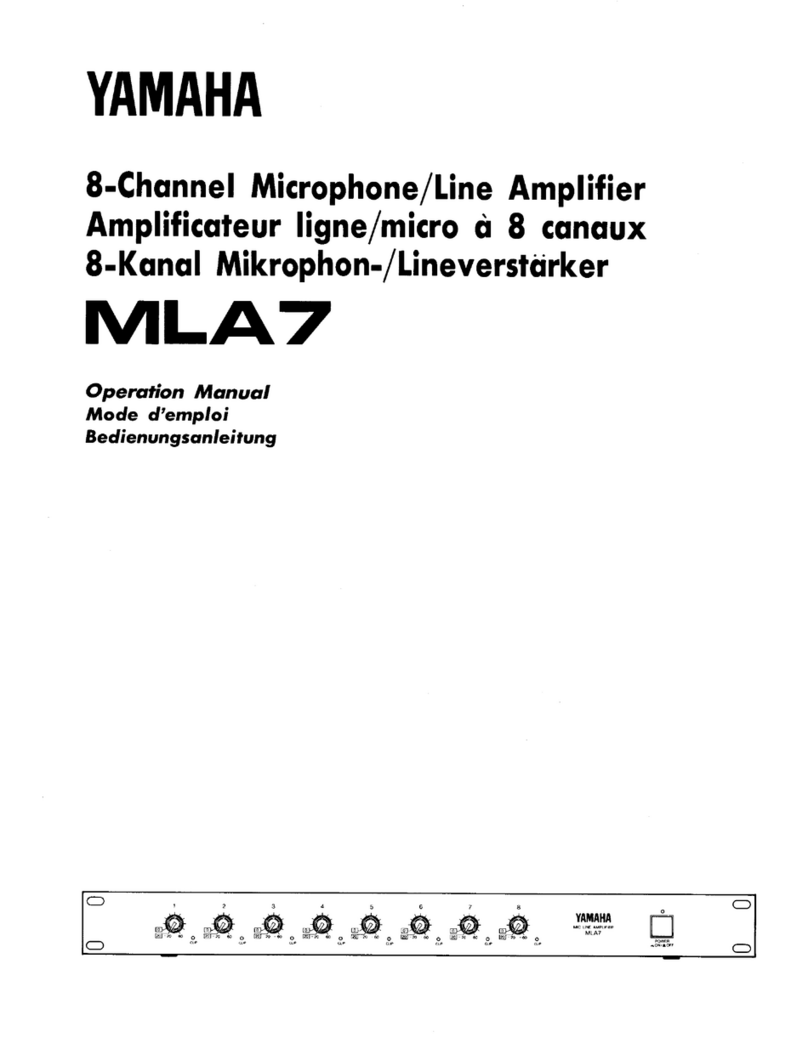
Yamaha
Yamaha MLA7 User manual

Yamaha
Yamaha A-460 User manual
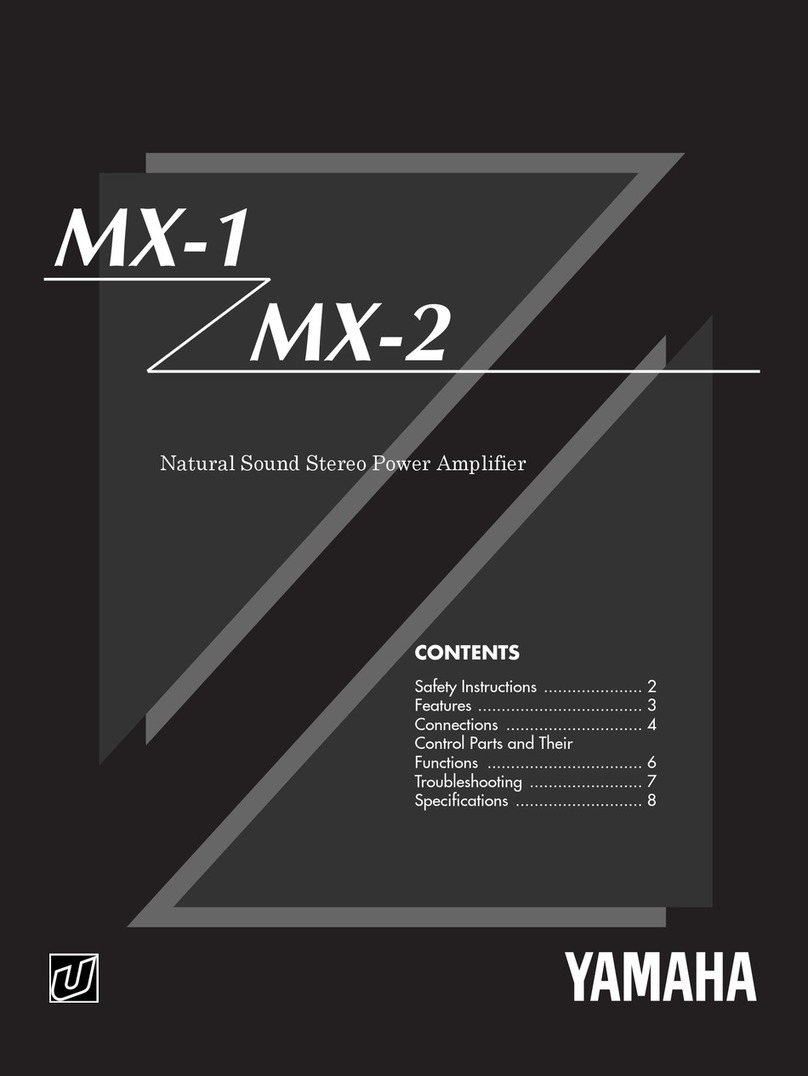
Yamaha
Yamaha MX-1 User manual
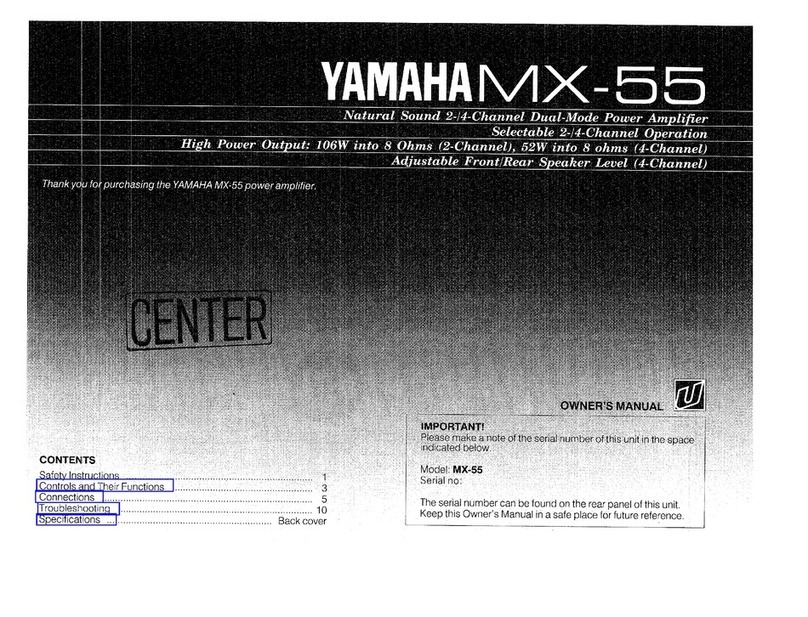
Yamaha
Yamaha MX-55 User manual
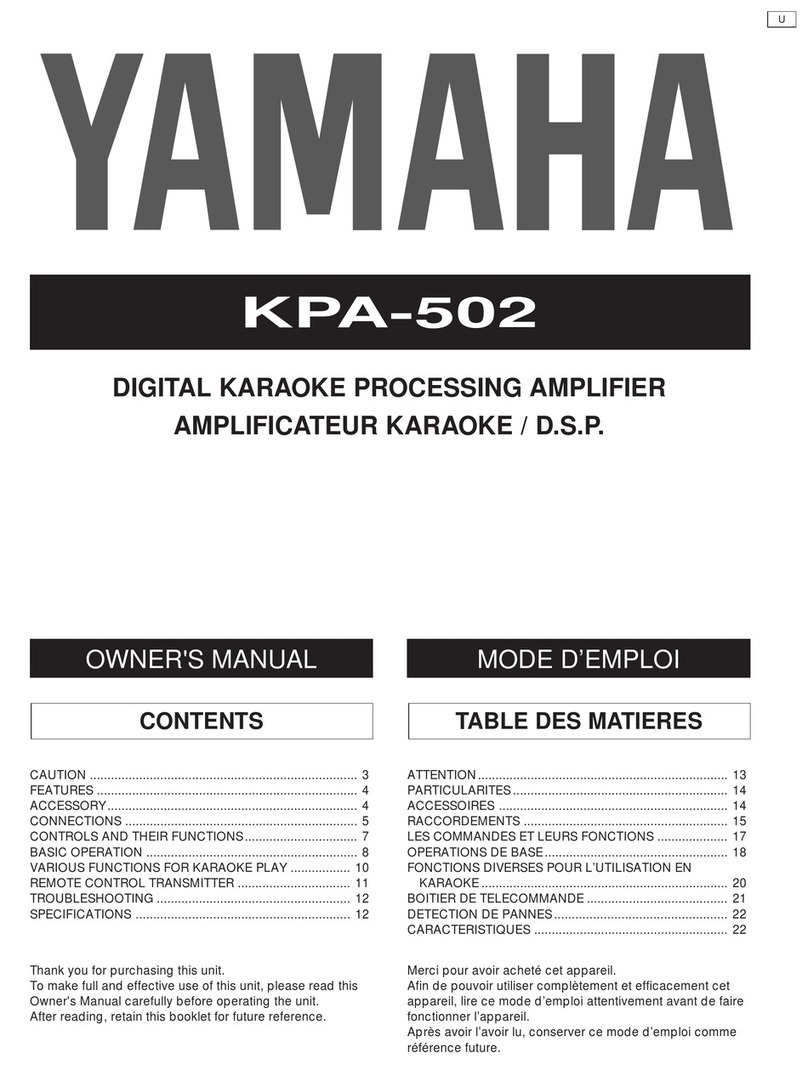
Yamaha
Yamaha KPA-502 User manual
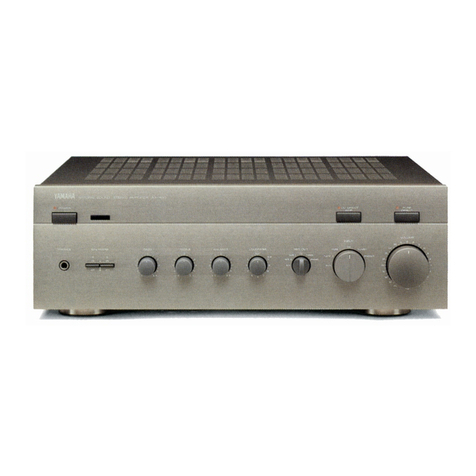
Yamaha
Yamaha AX-490 User manual

Yamaha
Yamaha AX-930 User manual
